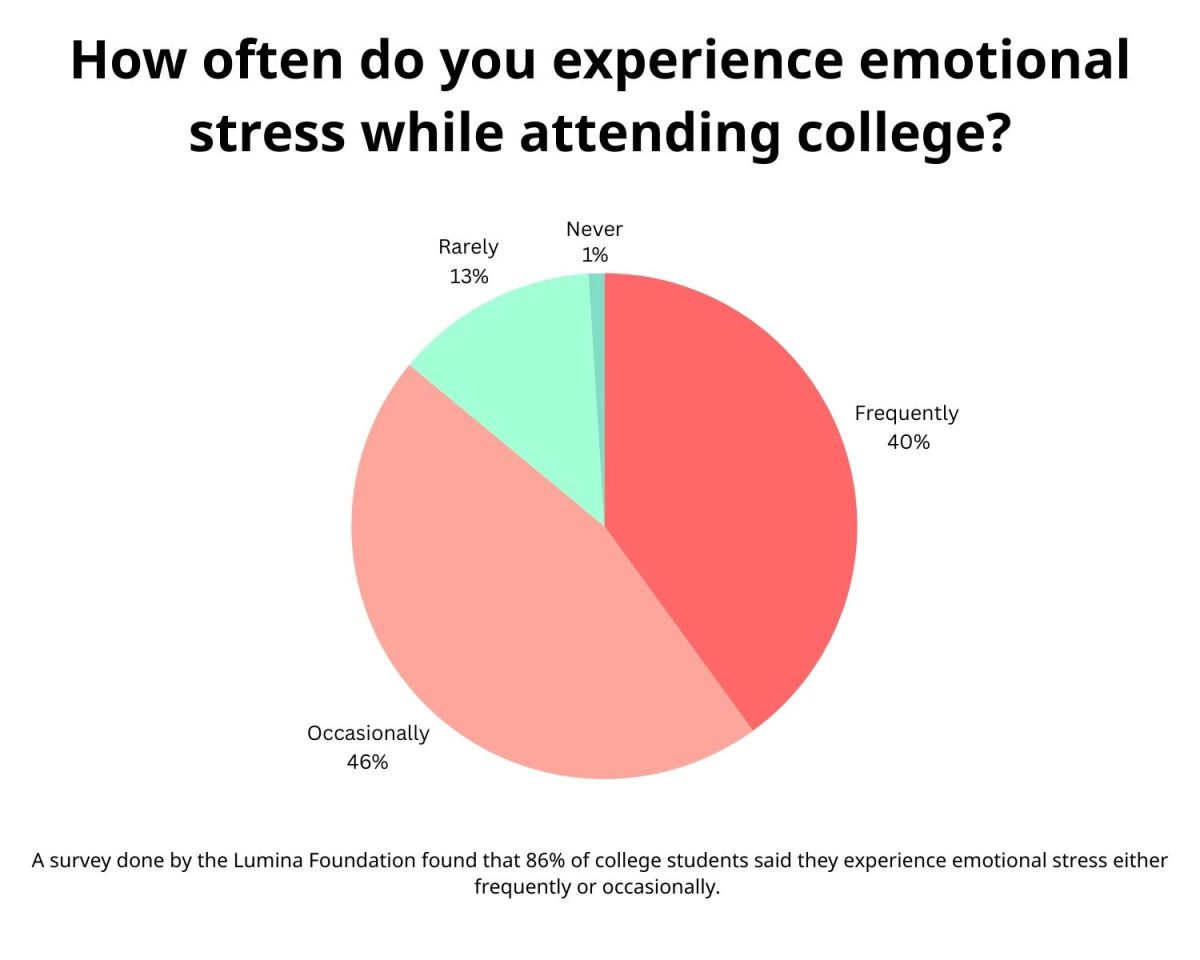In this past election cycle, an economics term that usually struggles to see the light of day, suddenly found itself thrust into public debates regarding America’s trade policy: trade deficit.
Much of this debate was started by President Donald Trump, who made it quite clear that he was going to take a tougher stance on the trade deficit, especially when it came to countries such as Mexico and China. However, there have been some errors in the way these trade deficit arguments have been framed.
To begin, a trade deficit is defined as “the amount by which a country’s imports exceed its exports.” At first glance, this looks to be a straightforward concept to understand, but that is not the case.
Let’s begin by examining the two targets of much of Donald Trump’s criticism, China and Mexico. According to data from the U.S. Bureau of Economic Analysis, our trade deficit with Mexico in 2015 was $57.9 billion, and our deficit with China in the same year was $334.1 billion.
Looking at the raw numbers would make any rational person think that America has some serious problems in our export production, but this is where trade deficits become a bit more complex and complicated to understand.
You must remember that these transactions are completed using different currencies, and the strength or weakness of these particular currencies can potentially have a significant effect on deficit numbers.
In recent years, the U.S. dollar has been exceptionally strong, meaning that the dollar has the power to buy a lot of goods and services from other countries who operate on weaker currencies.
This is true for both the Mexican peso and the Chinese renminbi, which have been valued at an exchange price lower than the U.S. dollar for the past several years. In fact, China had to spend a considerable amount of their foreign exchange reserves to prop up their currency.
In February, Scott Cendrowski wrote in a Fortune magazine article that the Chinese foreign reserve account has dipped to below $3 trillion, which is the lowest it has been since 2011.
To sum up, in a world economy with a U.S. dollar that is stronger than many other currencies, consumers and businesses in America will consistently be able to buy more goods and services from foreign countries such as China and Mexico than their counterparts in those nations will be able to buy from the United States.
In addition to currency markets, there are several other factors that play into the evaluation of trade deficits. According to Phil Levy of the Chicago Council on Global Affairs, in order to decide if overall trade deficits are good or bad, one would have to answer the question of whether or not borrowing and lending over time is a bad or good decision.
Later in this same article, Levy uses the example of Brazil and China wanting to buy $300 million in US stocks and bonds. Since the U.S. now possesses $600 million in Chinese renminbis and Brazilian reals, the only two options which exist are to buy Brazilian and Chinese goods, or to hold onto to these payments, which would act as the equivalent of investing in these two nations.
To be clear, pointing out the complications of trade deficits does not mean that there is no need to worry about them in certain circumstances.
For example, if the U.S. were to suddenly plunge into a severe recession, it would be a good idea to be concerned over rapidly increasing trade deficits, as this could indicate that the U.S. is not able to adequately produce what is being demanded by consumers.
All in all, trade deficits are certainly not useless in evaluating the strength of a country’s international economic standing, but the causes and factors behind these deficits are usually more complex than most people assume them to be.
The next time you hear someone talking about America’s trade deficit, try to remember exactly what goes into accounting for a deficit, and how the deficit fits into the overall picture of America’s economy.






